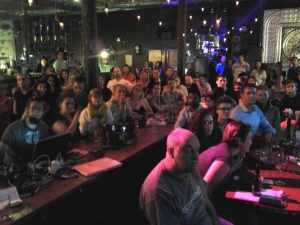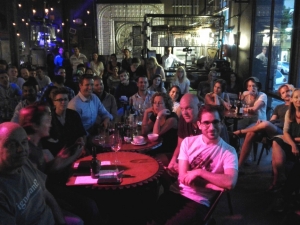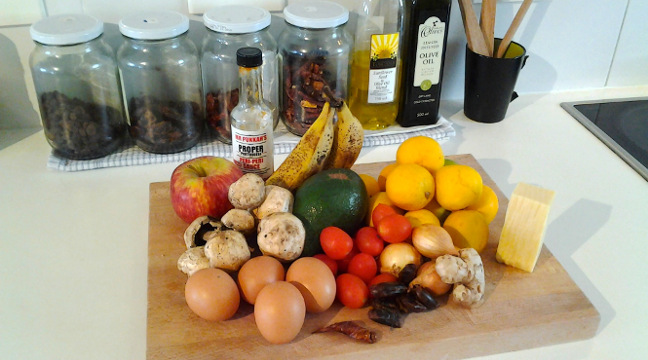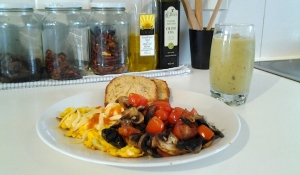Counting raindrops in Meru
The Meru Simba Lodge dining area is unusually occupied at 22:40 this evening. Two men to my back and side speak quietly in Swahili. One told me he cannot go home at this time, as the elephants are on the road, having crossed out of the Arusha National Park earlier in the evening. We both heard what sounded like a half dozen gun shots, he further explained these were locals, not shooting at them, but scaring them back into the park. No one walks at night unless they must for the elephants are far more a threat than the cheetah, here, at the base of 4000 meter Mt. Meru.
This is my twelfth day in Tanzania, each rich, full, and fully engaged as I work with my colleagues, ambassadors to astronomy for this Telescopes to Tanzania and Astronomers Without Borders project. But tonight it is raining for the first time since my arrival. Light at first, the tempo and volume has increased and the wonderful aroma of cleanly washed atmosphere.
The temperature has dropped, a light breeze brings a subtle chill, the aroma of wet forest and the banter of the drops on the thatched roof remind me of the need to breathe it all in.




